Having already worked multiple business shows for IBM on the Space Program, I was the natural person to hit the road for demos once we had enough hardware and software to do something convincing. It is always a little stressful – ensuring you have the right equipment, the right software, and the right demo to really impress this specific audience. And, that it is well-rehearsed enough that you can also relax and mark it look natural. I was invited to do a demo for 250 IBM’ ers at the “Big” Watson Research Center, which I leaped at. But, the rooms we were given for the demos only held 25 people, so we had to do 10, 10-minute demo’s in a row. And you guessed it, our “stable” configuration crashed in Demo number 2. I faked it through Demo 3 (“what you would have seen”) …and was now faced with what to do as it takes 8 minutes to reboot…
… I turned off the light in the room, and the next group looked puzzled, but eventually went for a cup of coffee. In the dark, I was able to reboot things and have it up for Demo 5… and thankfully through Demo 10. Demo’s are always about perception – showing what “could” be – literally the embodiment of Hope. If you use this… you can do this amazing thing. In our case, we had a demo that showed a single processor running a graphical program, and then magically when all 4 were running, it took about 1/4th the time. The fact that we had to “cleverly” code the demo – well that is why you call it Hope 😉 I was just observing a new team go through an Audit – think of it as a “graded Demo” – showing they had all the pieces together, and everything was ready to actually start providing a new capability, and hopefully, some new revenue and customers. To arrive at this point, many different groups had to all come together – and now, would it all work well?
Many of Santana’s songs were instrumentals, and even those with lyrics had long breaks without singing. I would argue that his real love was Jazz which was rapidly turning electric with even old school leaders like Miles Davis’ Bitches Brew coming out just before Santana III. And even though he had a very tough upbringing, his sunny disposition was mostly mirrored in the music – major keys, and really fun upbeat tempos that just invite you to dance or at least tap your toes. He wanted to add an even bigger funk/soul texture to the organ that was always there, so he partnered with the Tower of Power Horns, a partnership that would continue into his later albums. This lead break is played by Neil, not Carlos who also cites BB King as one of his biggest influences, and why his playing fit so seamlessly into Santana. Carlos was able to bring everybody’s talents into the band, including no less than 4 drummers, an organ that often doubles the Bass, and now 2 guitar virtuoso’s. Keeping everything together takes a lot of visual and musical cues that are fun to watch/listen for. And notice in this song, he is “just playing rhythm guitar”….
Fundamental to everything around you is something called a “Business Case”. It is what converts the Hope of something that is “interesting” executing a real product that you can sell for more than it cost you to make it. There are many variables, but really it can be summarized into some major buckets. First is the “nonrecurring” costs – think of all of the time to design and build out the first versions. Next is the “recurring” costs – each piece has components that add up to some cost – which can go DOWN as you manufacture more and more pieces. And finally is the overhead of the business itself – marketing, sales, management, etc… also known as “burden”. The rule of Thirds then typically comes into play – 1/3 costs (NRE and RE), 1/3 Overhead, and 1/3 Profit. And that establishes the “Price” – what you have to be able to convince someone to actually PAY for the Hope…
… in our case, I was learning the hard way that you have to be an order of magnitude better than the competition as a start-up. Less than that, and customers will wait for the next version of their current solution to be twice as fast, and probably half the cost once your competition surfaces. And of the variables above, the one that was staring us in the face is now MANY devices we could sell. Keep it low, and your fixed costs dominate the price. Make it high, and you have an inventory that is obsolete as soon as you build it. Hope is trying to figure out which of those will prevail. We didn’t have to decide yet… and you may not either… but if you don’t understand the math of your business, it would be a great time to start to assess your “own” business case. What do you need to examine both in your own contribution, but also in how the Team is coming together? The Audit team got what they needed, and while there is still some Hope to ensure all the parts are coming “together”, we can easily see how we can get better “cues” to ensure tighter harmony, and Everybody’s Everything!




